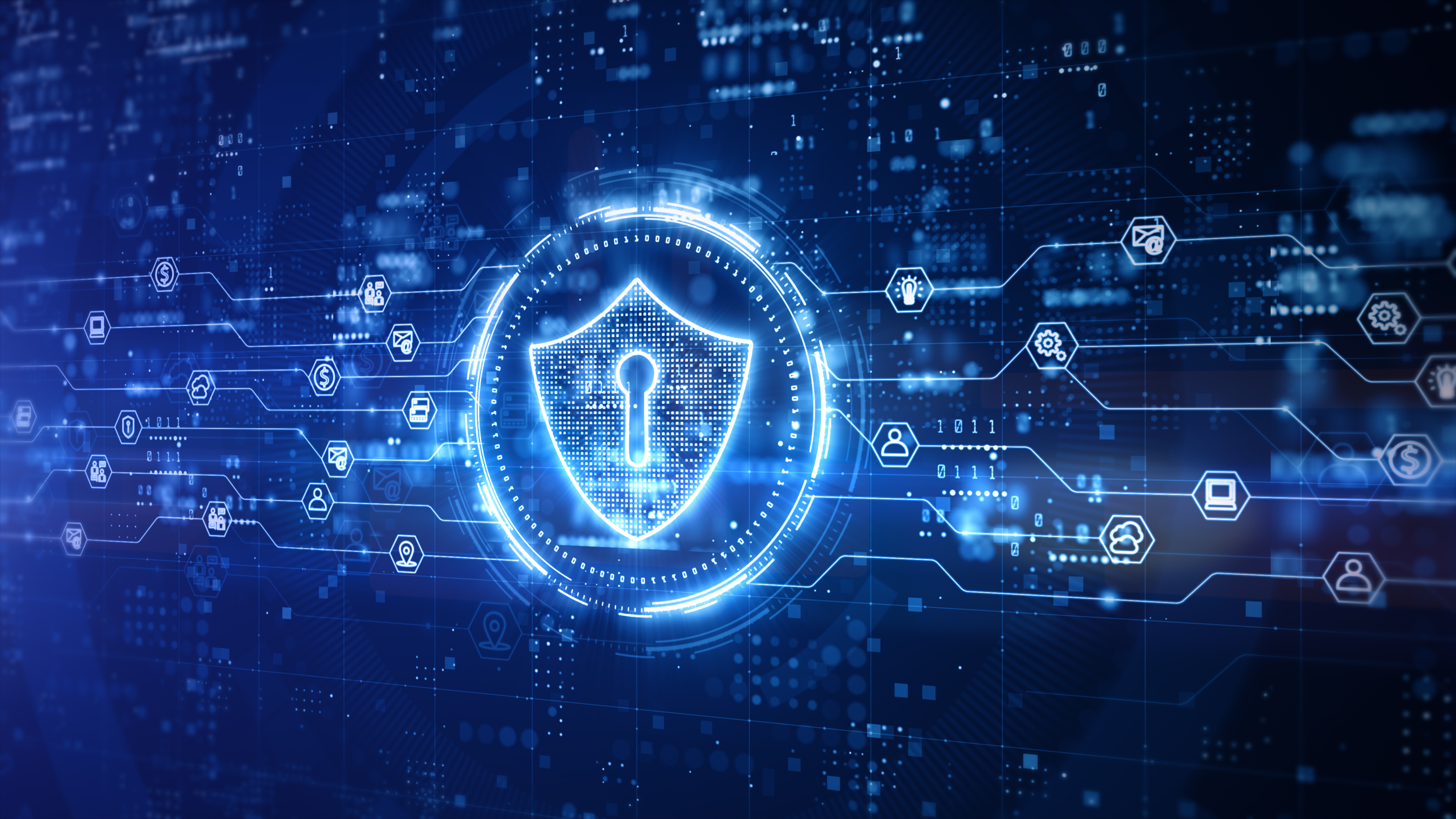Comprehending Ransom ware: Safeguarding The Business from Attacks
Comprehending Ransom ware: Safeguarding The Business from Attacks
Blog Article

In today's digital age, the threat of ransomware has become a pressing concern for businesses of all sizes. These malicious attacks can swiftly undermine operations, endanger sensitive data, and demand large sums for release. As businesses increasingly lean on technology, the requirement for strong cybersecurity measures has reached new heights. Understanding how ransomware works and what actions can be implemented to escape falling victim to such attacks is essential for any business leader.
Cybersecurity is not just a technical issue; it is a crucial aspect of corporate strategy. By focusing on security awareness and investing in protective measures, businesses can strengthen themselves against potential breaches. This article aims to examine the nature of ransomware attacks, the effect they can have on businesses, and effective steps to enhance cybersecurity defenses. Defending your business starts with knowledge and preparedness, making it crucial to understand the changing landscape of cyber threats.
Defining Ransomware?
Ransomware is a type of malicious software created to prevent access to a computer system or data until a ransom is paid. Cybercriminals use this strategy to extort individuals and organizations by locking files on their systems, rendering them unusable. Once the data is secured, a ransom note is typically displayed, alerting the victim of the situation and providing instructions for transferring funds in exchange for a key to unlock the files.
The origins of ransomware can be traced back to the late 1980s, but it has evolved significantly over the years. Modern ransomware attacks can take various forms, including encrypting files or taking control of whole systems. These attacks can affect everyone, from single users to major companies, and the cost can be devastating. Organizations often face not only the financial burden of the ransom but also significant downtime, loss of productivity, and potential damage to their credibility.
Preventing ransomware assaults requires a comprehensive approach to cybersecurity. This includes frequent data backups, keeping software up to date, and implementing robust security measures such as network defenses and anti-malware solutions. Employee training on recognizing phishing attempts and risky online practices is also critical, as many ransomware infections arise with mistakes. Comprehending the nature of ransomware is the first step in safeguarding your business from its damaging effects.
Impact of Ransomware on Businesses
Malware strikes can have severe monetary consequences on companies of various sizes. When a business falls victim to such an attack, it is often confronted by the immediate costs of ransom payments, which can ascend into the hundreds of thousands of dollars or even millions of dollars. Additionally, companies must dedicate resources to recover lost data, restore their systems, and make sure that they are secure from subsequent attacks. These expenses can cripple small to medium-sized enterprises, leading to cash flow issues and potentially threatening their long-term viability.
The operational disruptions caused by malware can be similarly damaging. Once a system is compromised, employees may be unable to access critical files and software, halting productivity and delaying essential operations. For many businesses, even a brief period of downtime can lead to decreased revenue and decreased customer satisfaction. Depending on the length of the attack, a business may find itself struggling to maintain its commitments to clients and partners, damaging its reputation and credibility in the market.
In addition to short-term financial and operational impacts, ransomware attacks can have long-term consequences for businesses. Organizations may find themselves facing heightened scrutiny from regulators and stakeholders, especially if private customer data is involved. The fallout from such attacks often includes legal fees, possible fines, and a decline in consumer trust. In the long term, the damage to a business's brand and the loss of customer loyalty can have far-reaching effects, making it essential for organizations to commit to strong cybersecurity practices to defend against these threats.
Prevention and Prevention Tactics
Establishing a comprehensive cybersecurity strategy is crucial for businesses to protect themselves from malicious software threats. Frequent training sessions for employees on identifying phishing attempts and harmful links can help create a environment of vigilance. Employees are often the first line of protection, and their awareness of potential threats is important. Additionally, upholding robust security protocols, such as using two-step authentication and secure password guidelines, significantly reduces the threat of unauthorized access to networks.
Cybersecurity Training
Ensuring software and applications current is another vital aspect of a solid cybersecurity framework. Cybercriminals often take advantage of vulnerabilities in obsolete software, making it essential for businesses to apply security updates and updates promptly. Regularly scheduled backups of important data should also be part of an organization's routine. If a ransomware breach occurs, having recent backups stored securely can guarantee that data can be retrieved without submitting to any ransom.
Investing in sophisticated cybersecurity solutions can further enhance protection against ransomware. Firewalls, intrusion detection systems, and device protection software provide layers of security that can recognize and alleviate threats before they escalate. Organizations should also consider working with cybersecurity experts to conduct regular risk assessments and security testing. This proactive approach allows organizations to find weaknesses in their systems and address them before they can be exploited by hackers.
Report this page